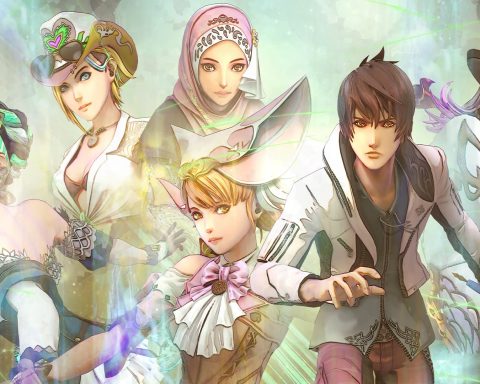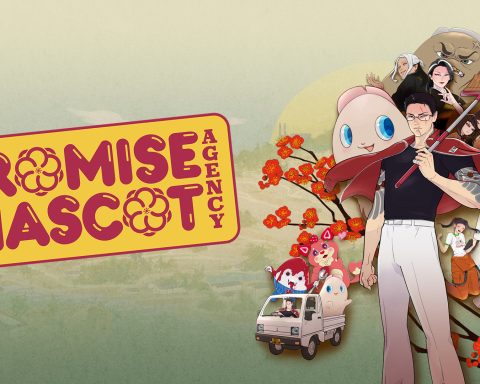
To start off, I myself have expressed the Wii U as having ample potential, yet still with a relatively peculiar design in mind; I described it, quite earnestly, as an “array of madness”. Now, that is not necessarily an assault on the console’s merits – quite the opposite, in fact. By designing something of an indiscriminate console, Nintendo has laid itself an interesting foundation with the Wii U. This is something that could well become its principal charm amidst other consoles next generation – but only if it can demonstrate itself to us convincingly.
If there’s something that Nintendo has been seen to consistently struggle with, it’s presentation. Going forwards as one of the industry’s key players, Nintendo does come up with unusual ideas – it’s its established identity in gaming and more importantly, it’s what has gathered Nintendo a large fan base (including myself). Nevertheless, however ingenious an idea may be on paper, it will always need a strategy to inspire itself upon its audience – and this is something I have noticed Nintendo has not quite hit in its stride with as yet.
Let’s take the Wii as a textbook example. The Wii was (and in many respects, still is) revolutionary – its mere impression edified us on how we can enjoy our games, and for that alone it became quite popular. But ultimately, its approaches to gaming were largely unheeded by most for its overly-casual display (mainstream developers in particular), save for Nintendo’s own output. Bottom line, nobody really saw enough encouragement from the Wii except for those who knew exactly what they could do with it: Nintendo.
Another less talked about but equally typical example is with the GameCube. Initially, the GameCube did very little (if anything at all) to differentiate itself from its competitors; it was simply a video-games console in the most unadulterated sense. It also had a memorable mix of first-party titles with an additional effort towards mature gamers – clearly, the GameCube was hoping for success with a core audience.
But what was its fatal drawback? It’s simple: on the inside, it was an absolute dynamo of a machine. On the outside, it looked dreadfully unimpressive. It was hard to determine who exactly the GameCube was aimed towards or what identity it was trying to establish for itself – did Nintendo really expect us to feel comfortable playing Resident Evil 4 in front of our friends on a purple lunch-box with candy-coated buttons?
Reflecting upon all this, it’s clear where the continual flaw in Nintendo’s strategy lies – marketing.
Marketing is vital for any product, especially as more and more competition arrives to take on the established consoles. The good new is that when done right video game consoles can effectively market themselves – industrial design, software variety and market differentiation are all very influential factors, for example.
How a console manages to exhibit itself to both potential consumers and developers alike is what will determine the console’s long term success and people’s nostalgia for it. This is what contributed predominantly to the Wii being dubbed a gimmick and the GameCube a toy – although neither was necessarily an accurate dismissal.
So, bearing all this in mind… what exactly is the Wii U? To be honest, it’s a question that we are all yet to have an answer for. Personally, I think there are two basic reasons for this:
Demographic: It’s clear that Nintendo aims to redeem the core audience that it lost during the previous generation while attempting to salvage as many of the casual fans it can from the Wii’s market – but in doing so, it hasn’t really taken a deliberate focus on either. This leaves both parties with a sceptical (even obscure) opinion of the Wii U – and as long as this continues, confused customers will be lost in favour of competing consoles.
Differentiation: The GamePad is undoubtedly the Wii U’s most unique novelty – but how? With the current majority of games, we have barely seen the GamePad shown off beyond being a customary controller with an unessential screen. So far, Nintendo has not demonstrated the Wii U’s professed innovation so successfully that it profoundly sets the console apart from other consoles, or capture the minds of both consumers and developers across the industry.
To be frank, Nintendo’s marketing tagline that “you need to play it to get it” is not a very effective strategy to promote the Wii U – in fact, it’s not a very convincing ideology at all. I need you to tell me why I should play it, Nintendo. I need you to show me how I’ll appreciate it, Nintendo. Marketing is not about assuming people with try something without encouragement. We all know Nintendo can come up with creative ideas – now it needs to show us why this idea is creative. Then, and only then, will we be convinced that the Wii U is worth our time.
– Farida Y






